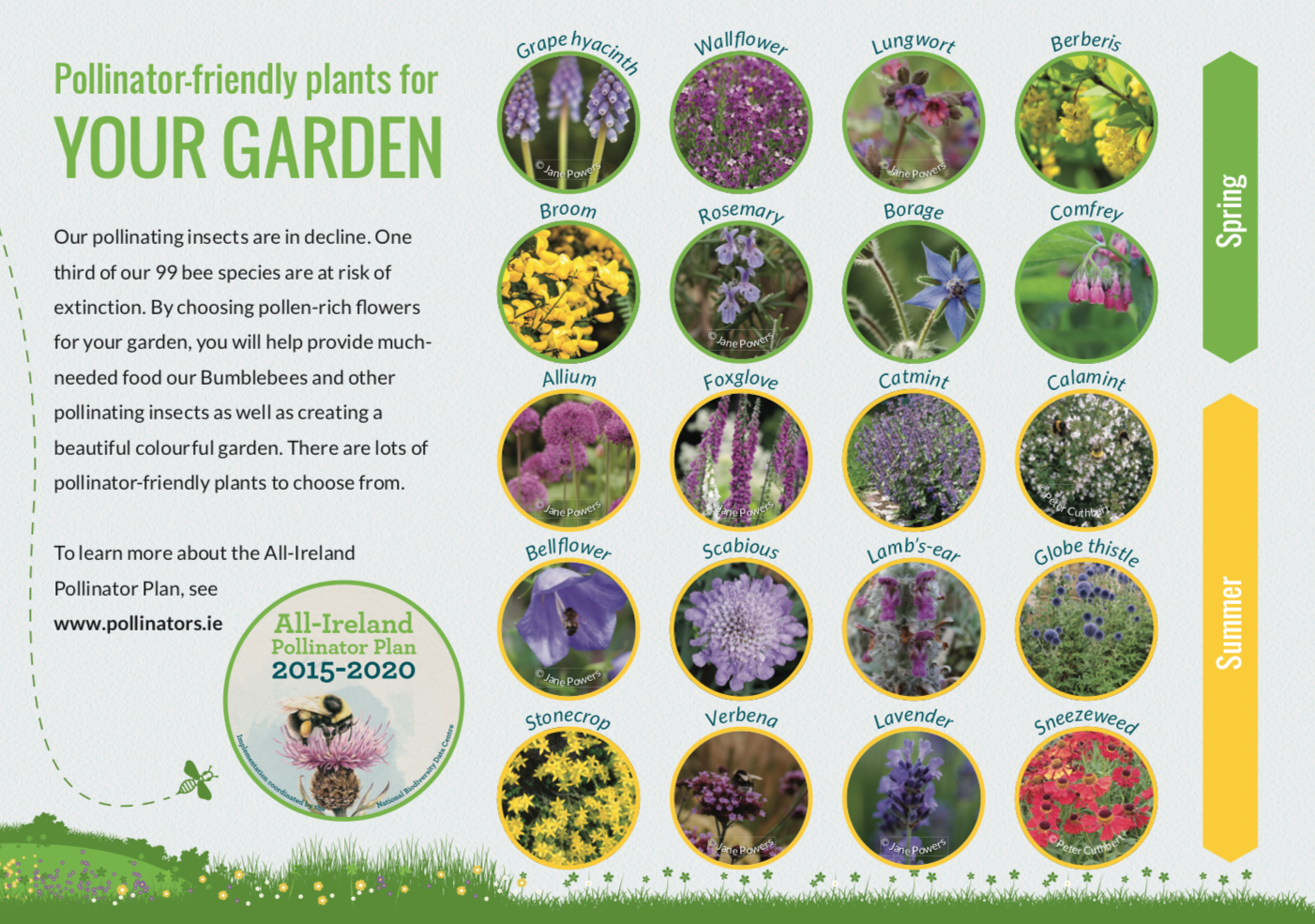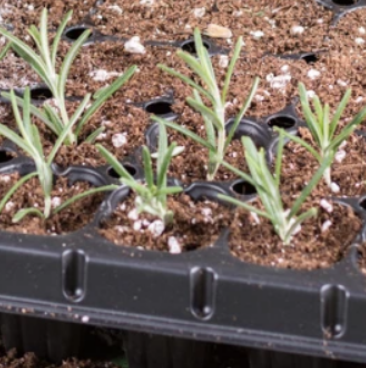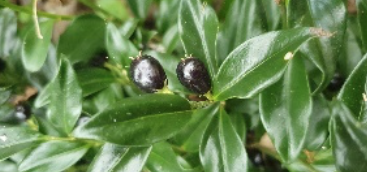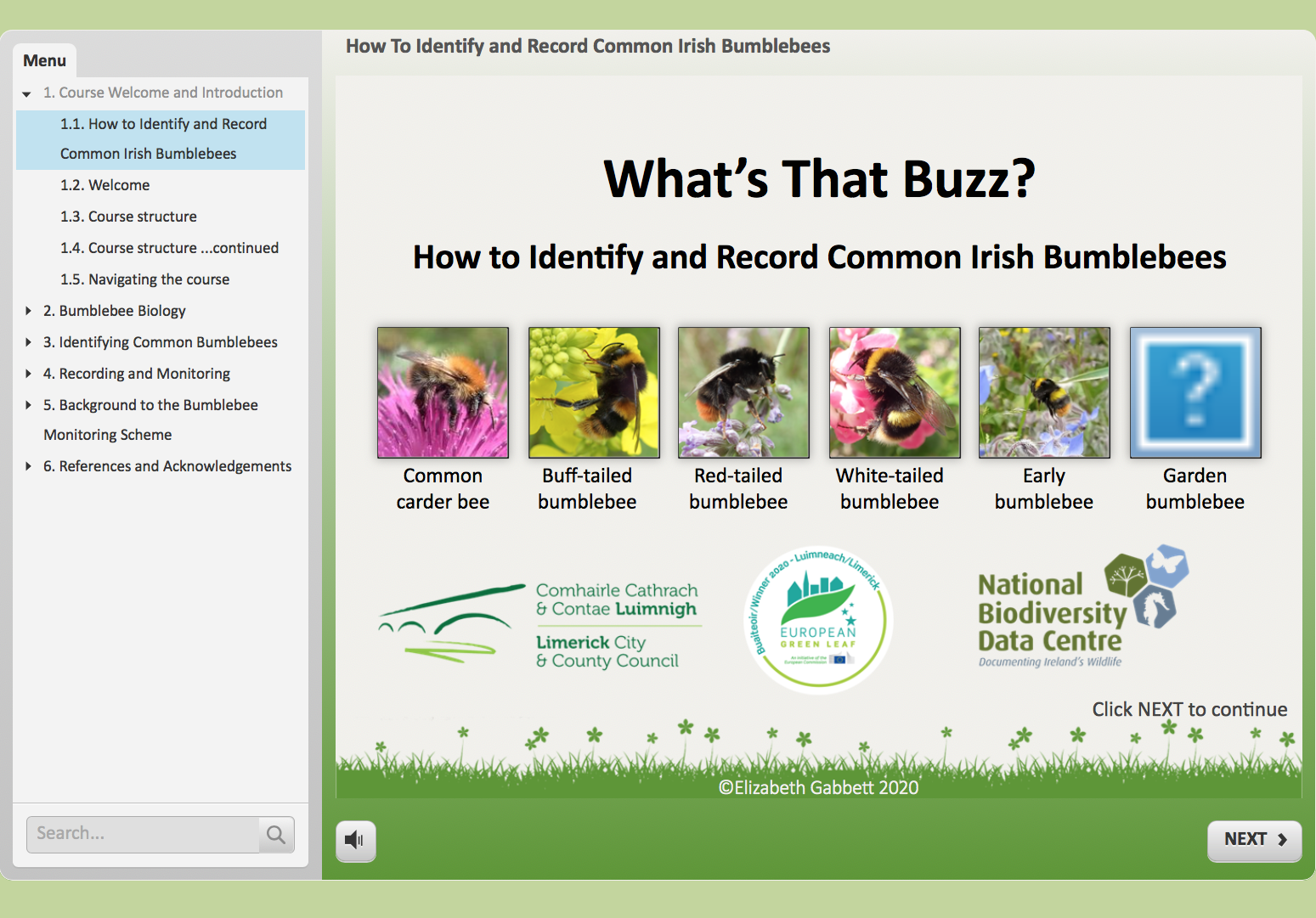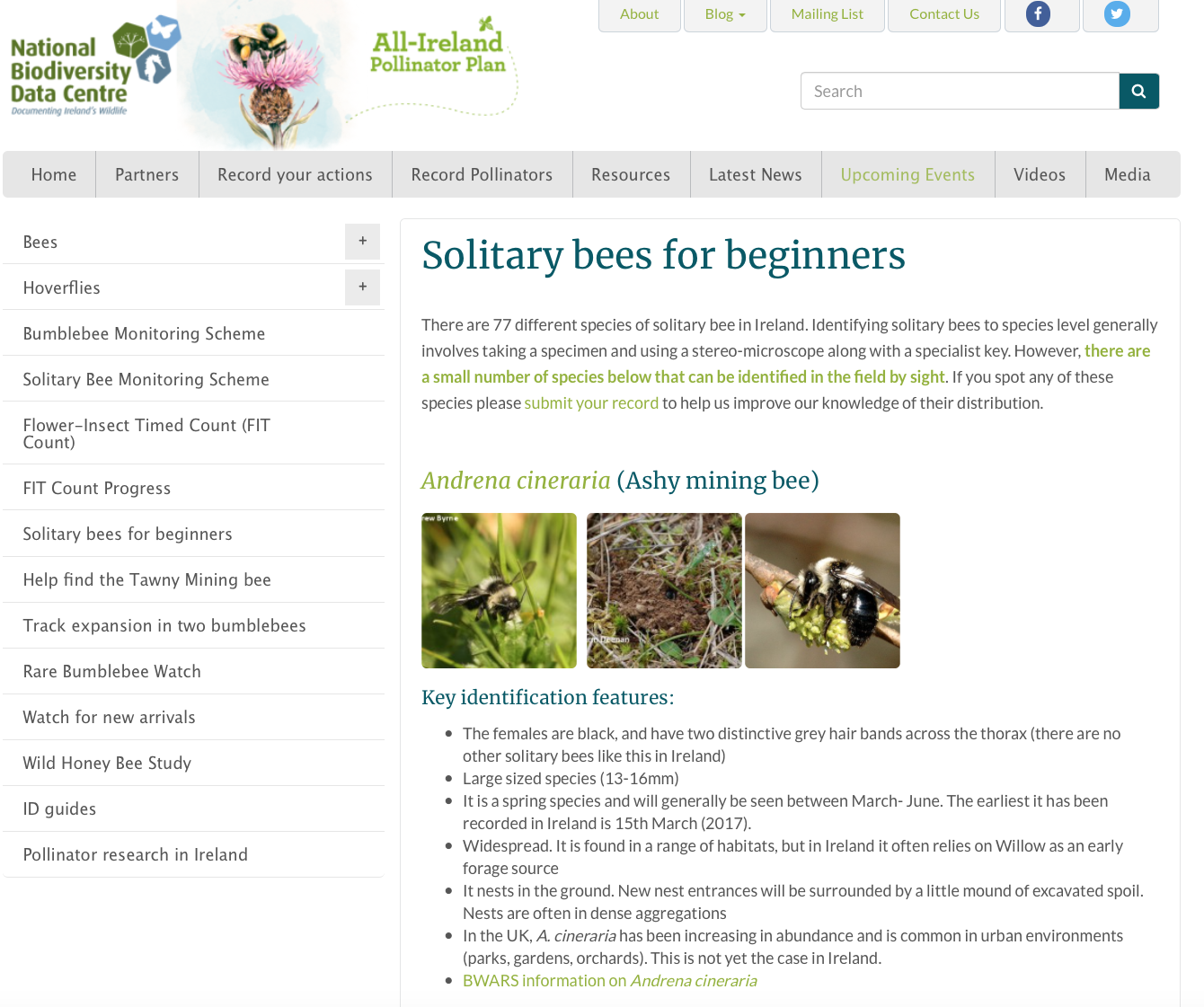These are very difficult times as we all come together to fight Covid-19 by staying apart.
The most important thing is to help each other and to stay at home.
Given the current situation, we have had requests for biodiversity-related ways that people can fill their time, as well as information on how they can help pollinators in their garden. For those who are fortunate enough to have a garden, you may be interested in these eight simple and free things that you can do.
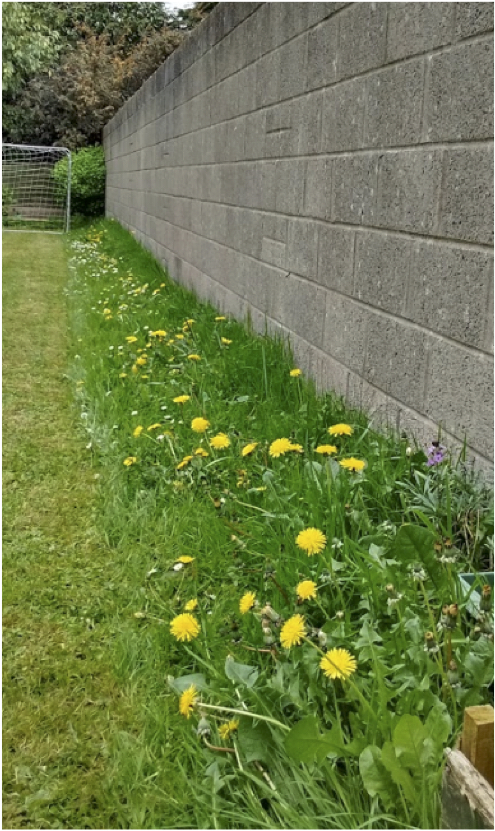 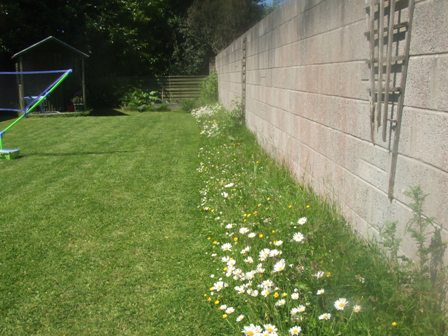 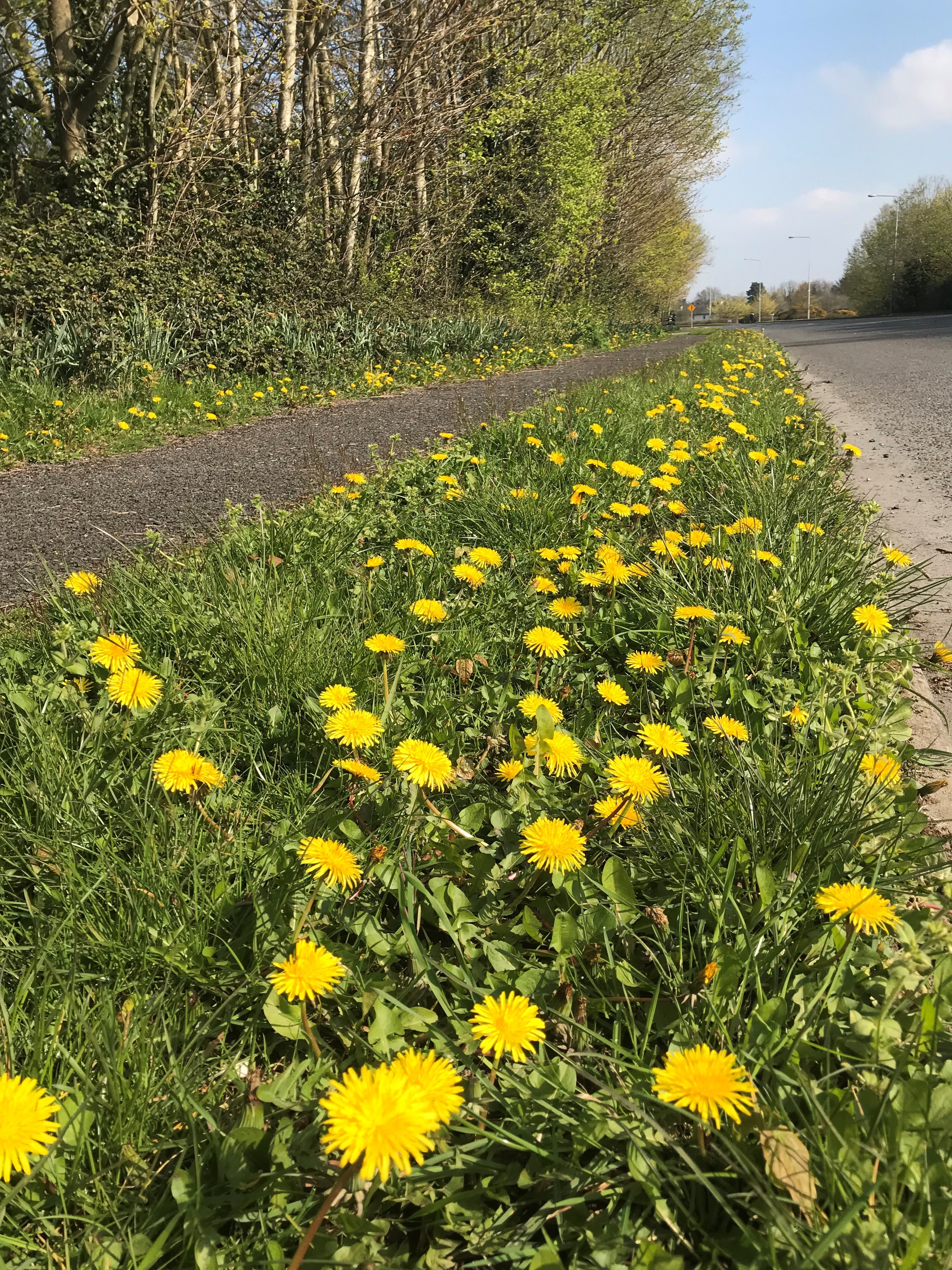 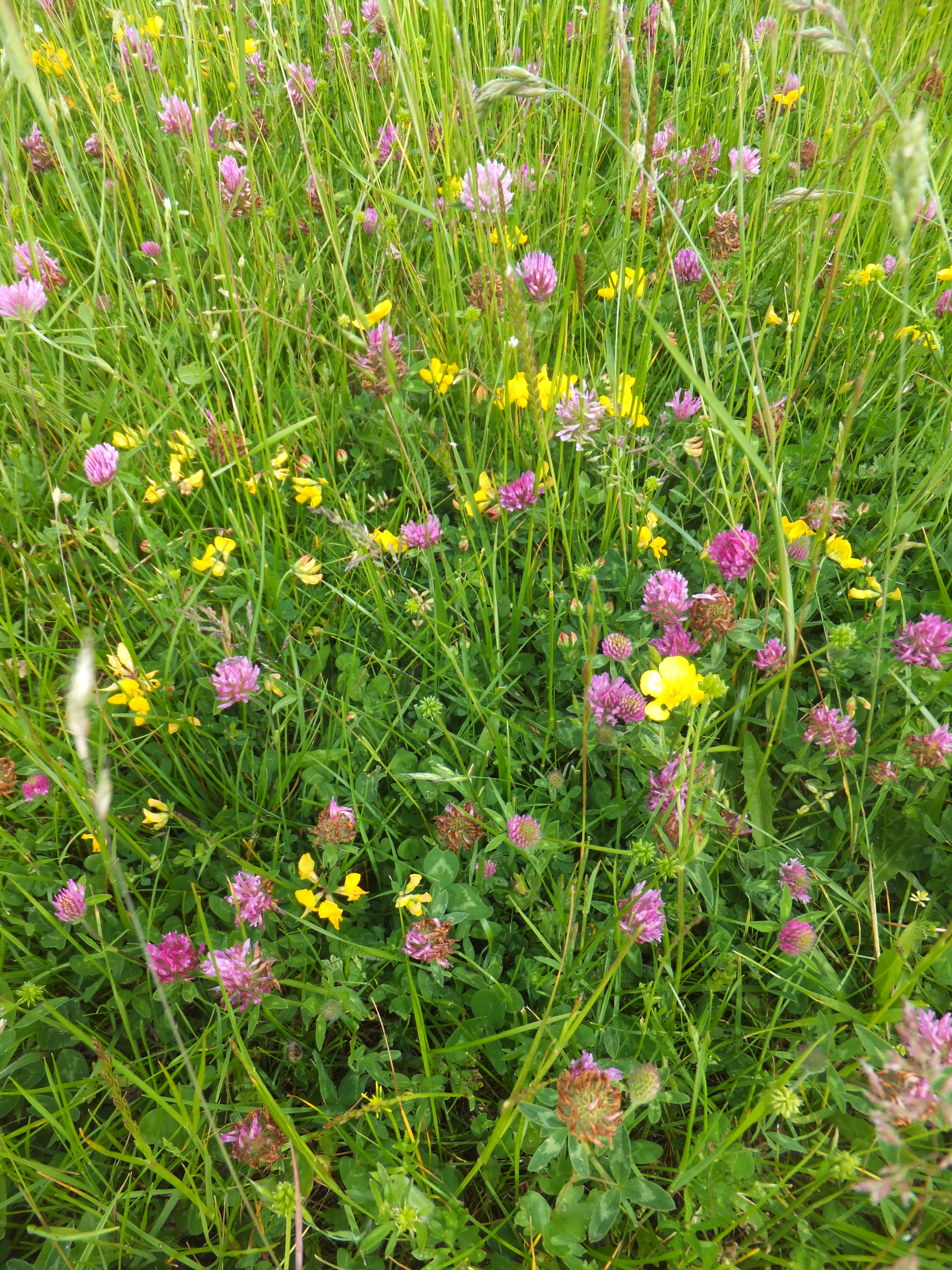 |
|
1. Identify an area of your grass to cut less often to allow wildflowers to naturally grow See our A5 pdf flyer: Click to view or download
|
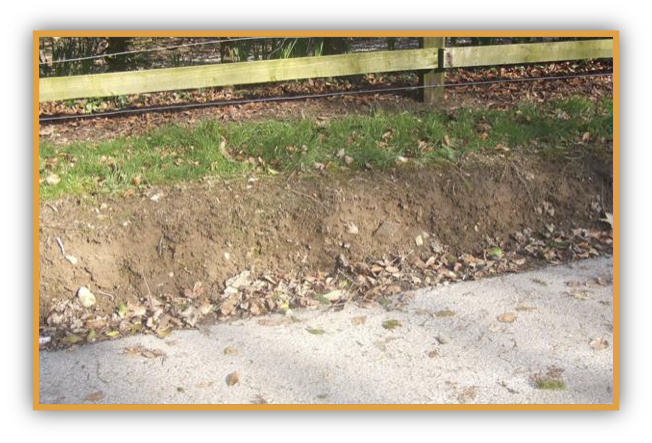 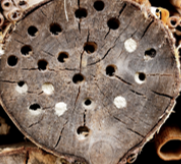 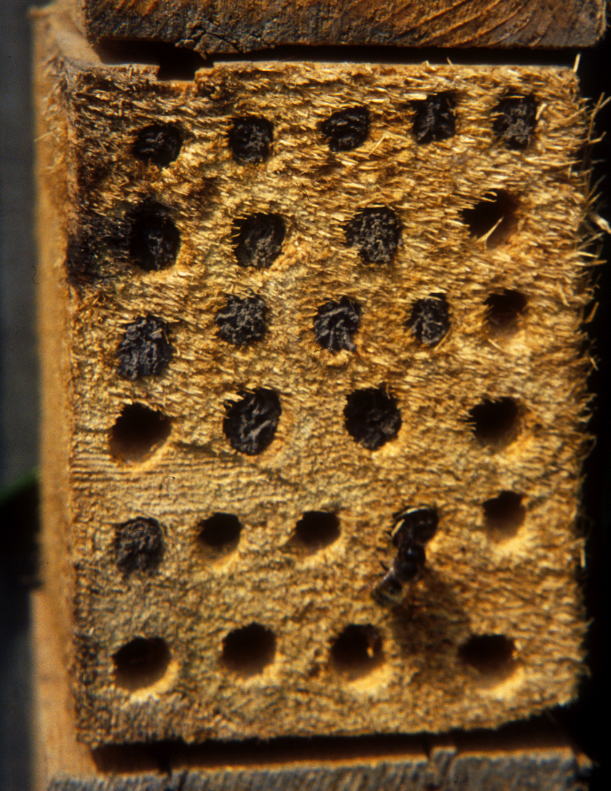 |
|
2. Create some areas of bare soil for mining solitary bees to nest; or drill some holes in wooden fence posts for cavity-nesting solitary bees See our pdf guideline document on creating wild bee nesting habitat: Click to view or download
|
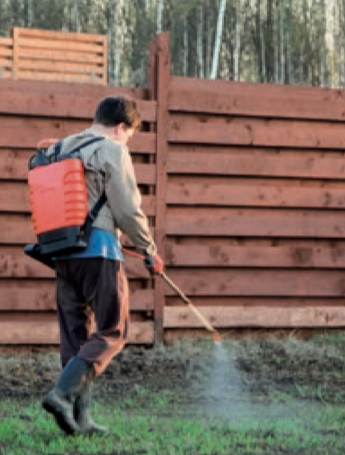 |
|
3. Help pollinators by deciding not to use chemicals to kill insects or to get rid of weeds which provide vital food
|
|
4. Check what you have in flower each month from March-October, so you know when your garden’s pollinator hunger gaps are (but don’t go out to buy things just yet!) See our flyer on pollinator-friendly garden plants: Click to view or download See our flyer on pollinator-friendly herbs: Click to view or download
|
|
|
|
5. Grow cuttings/seeds from some of your pollinator-friendly plants so that you have even more next year!
See www.rhs.org.uk for more advice on taking cuttings
|
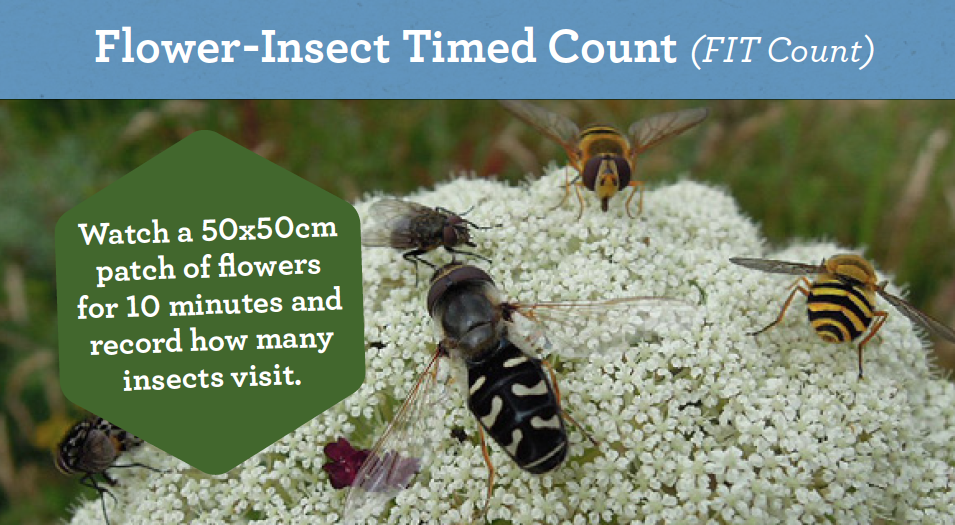 |
|
6. Help collect important data by carrying out Flower-Insect Timed Count (FIT Count) – watch a 50cm2 patch of flowers in your garden for 10 minutes and count how many insects visit To learn more about how to take part visit: https://pollinators.ie/record-pollinators/fit-count/
|
|
7. Learn how to identify the different wild bees visiting your garden Free online bumblebee identification course: https://www.biodiversityireland.ie/identifying-irish-bumblebees/lesson.html Information on solitary bees in Ireland: https://pollinators.ie/record-pollinators/solitary-bees-for-beginners/
|
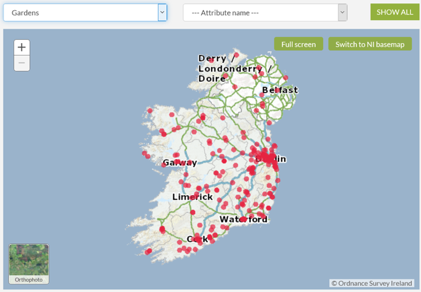 |
|
8. Map your garden on ‘Actions for Pollinators’ to log your contribution You can find the mapping system here. See the tutorial for instructions on how to log your garden https://pollinators.biodiversityireland.ie/
|

